When it comes to cultural preservation in Cantonese opera, the metaphor of "sweet and sour pork" – an iconic dish enjoyed by families for decades – aptly captures the delicate balance between heritage and modernity. As Christie To Wing-sum (16/SC/Chinese Medicine) articulated, "The essence of sweet and sour pork does not change. In its form, one cannot simply transform it into any other pork dish, but one can adopt healthier cooking methods, or design a more exquisite presentation for visual appeal." Christie To's analogy encapsulates her philosophy on the preservation of Cantonese opera, underscoring the necessity to retain the core of traditional art forms while aligning with contemporary sensibilities.
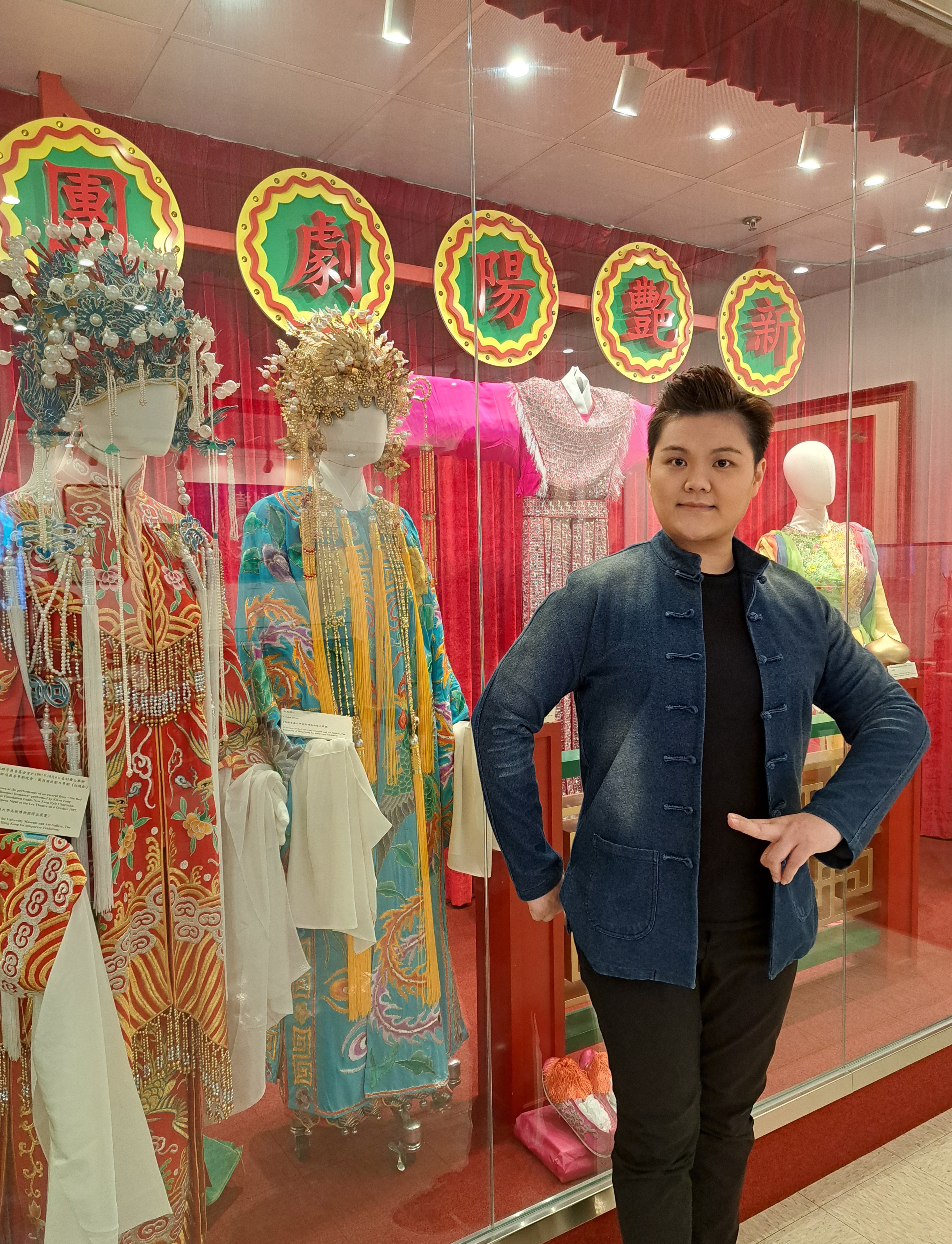
Christie's quest into the world of Cantonese opera began at the age of four. What started as an extracurricular activity evolved into a steadfast commitment to the art. Despite attaining her qualifications as a registered Chinese medicine practitioner, she remains unwavering in her dedication to Cantonese opera, which testifies to her profound passion for this traditional art form. To Christie, both Cantonese opera and Chinese medicine are venerable professions that require diligent stewardship for their preservation. The challenge, she notes, lies in navigating modern trends while seeking a relevant place for these time-honoured traditions.
Christie To's passion for Cantonese opera can be traced back to her childhood. She was heavily influenced by her mother, a devoted aficionado and currently the Vice Chairperson of the Chinese Artists Association of Hong Kong. Christie's mother brought her to performances at the mere age of three, which seemed to have ignited her love for the art. When she learnt that her mother was organising a show, she eagerly volunteered to participate. She said, "Looking back at that time, it was remarkable that a group of seasoned professionals allowed me to take the stage with them. At just four years old, I made my debut in 'The Reunion by a White Hare' at the Hong Kong Cultural Centre. The adults were obviously more anxious than I was, fearing I might freeze up. True to their worries, I did forget my lines at one point and, in a moment of desperation, I called out for help, and the next audible thing was a hearty laugh from the audience."
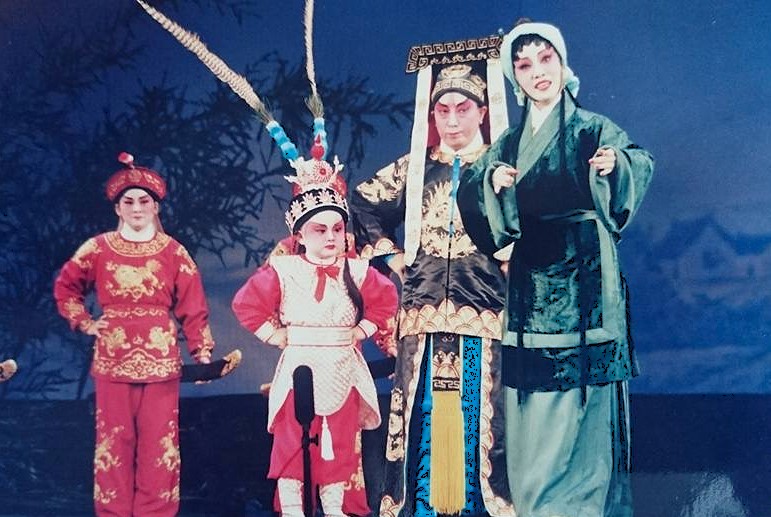
By the age of seven, Christie formally apprenticed under Lee Lung, a maestro in Cantonese opera. She focused her time outside of school on the basics of the performing art. Nonetheless, because she was immersed in an international school, she faced the challenge of learning Chinese, which poses a significant barrier to starting out in Cantonese opera. She said, "One of the greatest perks of learning Cantonese opera has been my improvement in Chinese. Reading scripts has introduced me to a wealth of Chinese poetry and cultural references, and this enriched my knowledge far beyond the bounds of Cantonese opera itself."
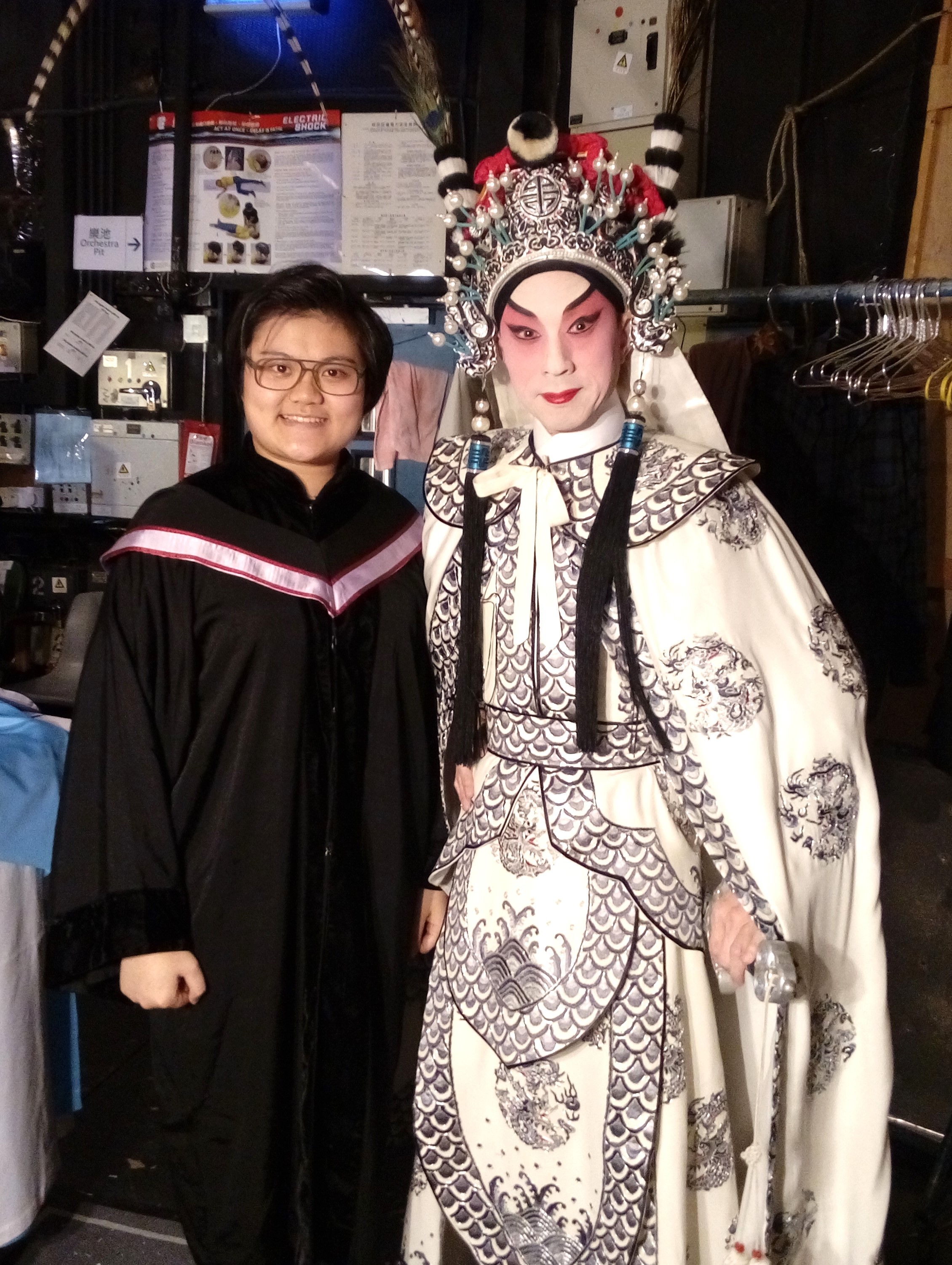
Throughout her education, Christie To adapted her approach to balance her academic pursuits with her passion for Cantonese opera. She once thought about enrolling in an undergraduate programme geared towards culture and arts but ultimately set aside this ambition in deference to the commitments to her mentor and family. She said, "My mentor believed that, aside from Cantonese opera, I needed to complete a formal degree. My siblings are both lawyers, and my family hoped I would also attain a professional qualification."
Her fascination with the Chinese culture naturally extended into the sphere of its traditional medicine. Frequent visits to Chinese medicine practitioners during her childhood sparked a curiosity about the field, prompting her to ask the practitioners about the pathways to professional qualification. At that time, her primary concern was her Chinese proficiency. Besides, she revealed one of her reasons to pursue a degree in Chinese medicine was her reluctance to leave the world of Cantonese opera.
Studying Chinese medicine made staying in Hong Kong, instead of studying abroad, a logical choice. In 2010, she gained admission to CUHK's Chinese Medicine programme through an early admissions scheme. However, her limited foundation in Chinese created difficulties during her first year. She explained, "For example, while I had heard of fundamental theories in Chinese medicine, such as the Five Element Theory and the concepts of yin and yang, I barely had any understanding of them. I could recognise and read many Chinese characters, but writing Chinese was a huge struggle, which made taking notes in class quite tricky. Fortunately, my classmates were eager to help."
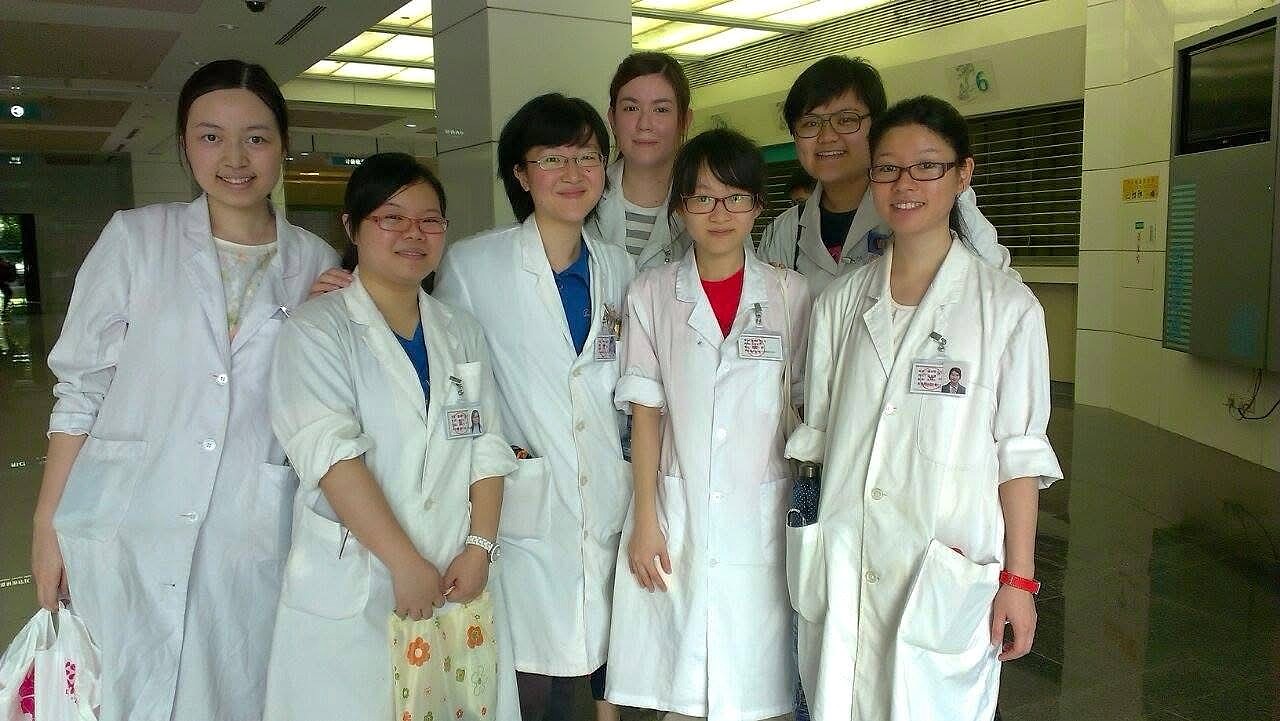
Before entering CUHK, Christie had assumed it would be challenging to find fellow enthusiasts of Cantonese opera among her classmates. To her surprise, she discovered a vibrant community of students from the School of Chinese Medicine, Department of Chinese Language and Literature and Department of Music who shared her passion. She even took a general education course on Cantonese opera, which guided her to study the art form through various lenses. This experience provided her with new insights and led her to realise that Cantonese opera is not merely a performing art but also a vessel of historical, cultural and social significance.
After graduating from CUHK, Christie To continued her quest in Cantonese opera instead of pursuing a career in Chinese medicine, a decision that elicited some concerns from her family. She said, "Performing in Cantonese opera requires physical stamina and experience, so returning to the art after twenty years would undoubtedly be more challenging. On the contrary, I believe that it is entirely feasible to start a career in Chinese medicine in my thirties or forties, which is why I decided to fully immerse myself in Cantonese opera for now. While my family did not explicitly take issue with my choice, they suggested that I consider part-time work as a Chinese medicine practitioner. Still, I wanted to demonstrate that I was serious about my aspirations through hard work and perseverance. A few years later, as I began to achieve some success, my family gradually came to support my decision."
In 2019, Christie completed a master's programme in Arts and Cultural Management from an Italian university through remote learning. Currently, in addition to her performances, she is involved in screenwriting, directing and stage management, pursuing a multifaceted career with a dream of establishing her own creative team. She said, "People often say that Cantonese opera is a sunset industry. I hope to form a team with like-minded individuals to explore how we can preserve this heritage while infusing new elements and vitality into the art, making Cantonese opera relevant to the times." Christie believes that the core components of Cantonese opera – its techniques of singing, acting, reciting, fencing, as well as the musical structures and the use of percussion – are indispensable, though some aspects can be adapted to modern sensibilities. She elaborated, "The narratives can transcend traditional themes of love and revenge and incorporate modern genres such as 'palace intrigue' and detective stories. Additionally, while traditional Cantonese operas typically last about four to five hours, the rising popularity of mid-length and black box theater productions, which run about 90 to 120 minutes, reflects how the audience’s preference has changed. We can also modernise stage effects and integrate group choreographies into Cantonese opera, which I believe would be well-received."
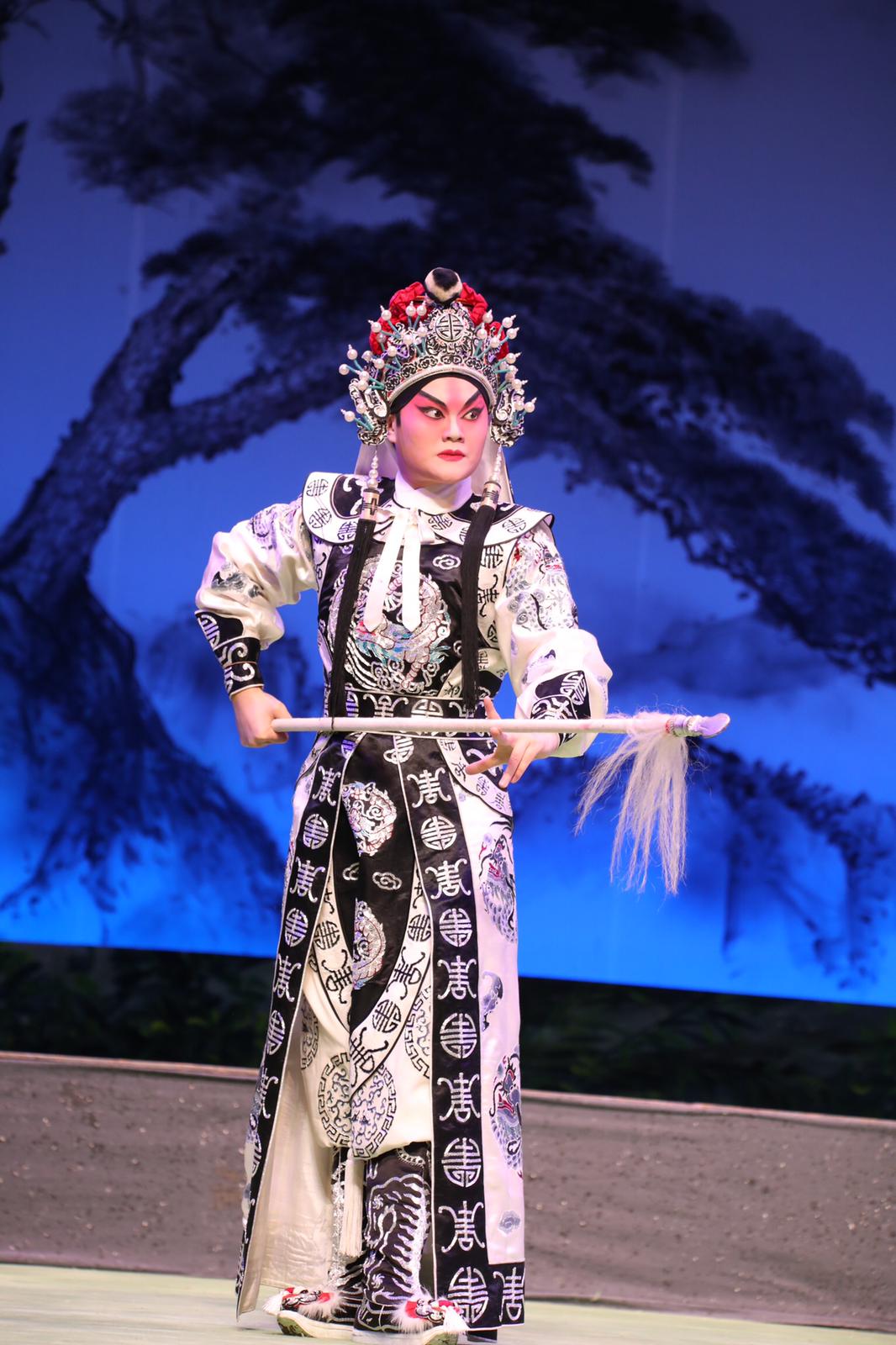
Since Cantonese opera was recognised as Hong Kong's first UNESCO Intangible Cultural Heritage in 2009, Christie has observed significant changes. She highlighted, "In recent years, Cantonese opera has been taught more frequently in schools as a part of Chinese language and music education. Previously, when I tried to promote Cantonese opera in schools, students often appeared indifferent and even dozed off. However, their reactions seem to have become more positive lately, which I consider a significant breakthrough. I feel that many students, even if they are not particularly interested in Cantonese opera, are no longer as dismissive. It seems there is now a space for different performing arts to coexist." Recently, she has actively participated in several cross-disciplinary performances, which broadened her vision for Cantonese opera. She said, "Some idiosyncrasies that feel perfectly natural to insiders may seem quite strange to outsiders, like the origins of Cantonese opera costume designs and variations in word pronunciation. This phenomenon has made me understand that when promoting Cantonese opera, it is essential to make slight adjustments and explanations that do not compromise tradition to make the art more palatable and comprehensible." Looking ahead, she hopes to make the most of online video platforms for promotion and collaborate with influencers to produce creative and engaging content that resonates with younger audiences.
"CU Alumni Magazine" Video Interview: https://youtu.be/kHdzW81wrOk (Chinese only)
Published on CU Alumni Magazine Issue 121 by Alumni Affairs Office 2025
Read online: CU Alumni Magazine Issue 121 (Chinese Version Only)
PDF: http://www.alumni.cuhk.edu.hk/magazine/202503/pdf/CUAM_202503.pdf
ISSUU: http://www.alumni.cuhk.edu.hk/magazine/issuu/